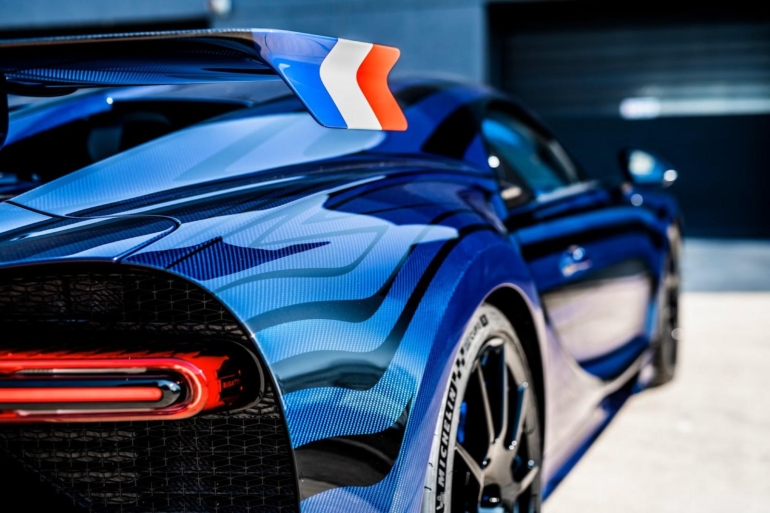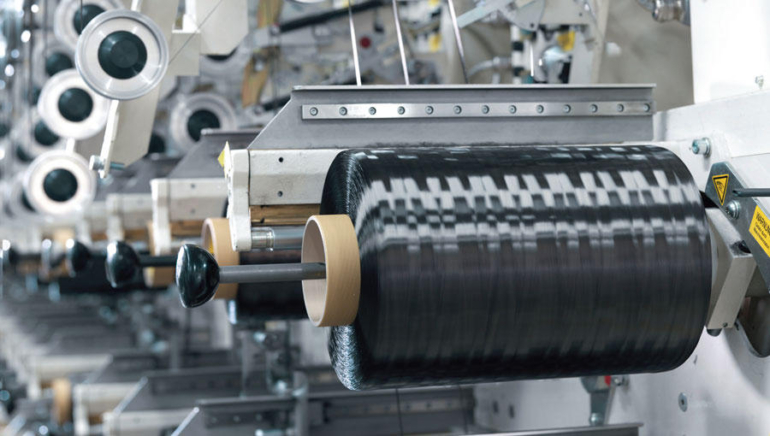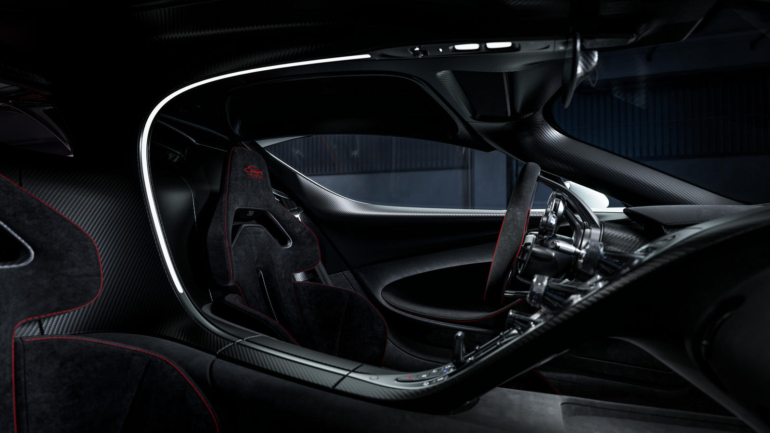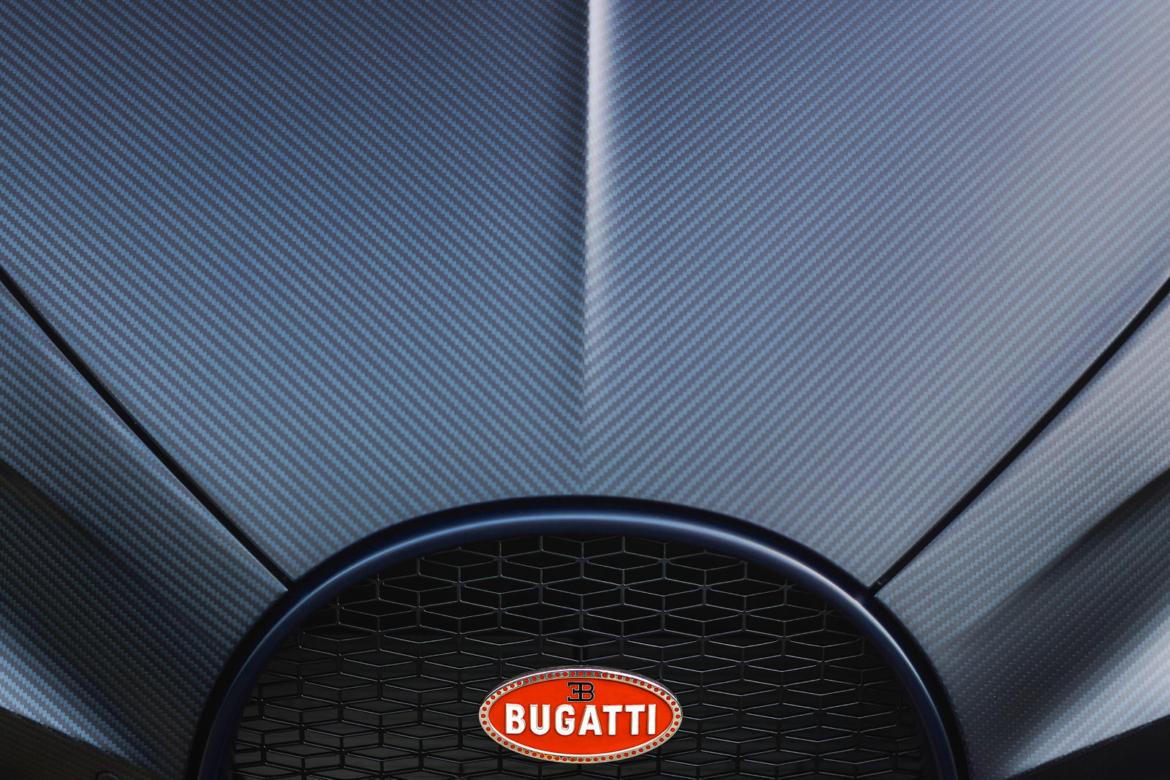It’s not every day that a material used in the manufacture of a car gets its own cult following, but that’s exactly what carbon fiber has managed to do. The incredibly strong and lightweight material, made of fibers held in resin, has been the primary ingredient of the body and chassis of high-performance cars like Bugattis for nearly four decades. All that may soon come to an end if the European Union has anything to do with it, as according to the Japanese daily Nikkei it’s considering a ban on carbon fiber in use on new cars by 2029.

The EU has dubbed carbon fiber as a hazardous material in an amendment drafted by the European Parliament. The amendment in question refers to the EU’s End of Life Vehicles Directive, which deals with the recycling of discarded vehicles. The belief is that carbon fiber elements may become airborne in the recycling process and cause harm. If one were to dig deeper, the research surrounding this has gone so far as to suggest carbon fiber may be the new asbestos, in that not much is known about its long-term effects on human health when inhaled.

The data does show that certain carbon fiber elements could cause similar lung damage as the inhalation of asbestos. Considering how widely used asbestos was before we understood the ill effects of long-term inhalation, maybe the best fix would be to ensure proper precautions are taken for workers dealing with recycling vehicles that use carbon fiber in their construction.

This is the logical way forward, rather than banning the use of a material that has applications in everything from hypercars to performance parts to even EVs. Carbon fiber is strong and light and can drop the curb weight of vehicles, either to boost performance or efficiency.
The art of carbon fiber in a Bugatti
A new Bugatti’s chassis and body panels may weigh up to 40 percent more if carbon fiber is banned. Take the Bugatti Chiron, for example, which weighs in at 4,400 pounds with predominantly carbon fiber used in its construction. The process of crafting carbon fiber body panels for the Chiron is an art in itself.

The next Bugatti after the Tourbillon, if the ban takes effect, could weigh way more, or cost more if an alternative to carbon fiber is to be found. But then again, being a Bugatti, it’ll also have over 1,800 horsepower to push the extra weight. Where it will hurt is in EVs that use carbon fiber to drop the weight to up driving range. Let’s hope better sense prevails.
Update: Since this article was published, the EU has announced that it will remove carbon fiber from the ELV directive, meaning manufacturers can continue to use the material in vehicles post 2029.


